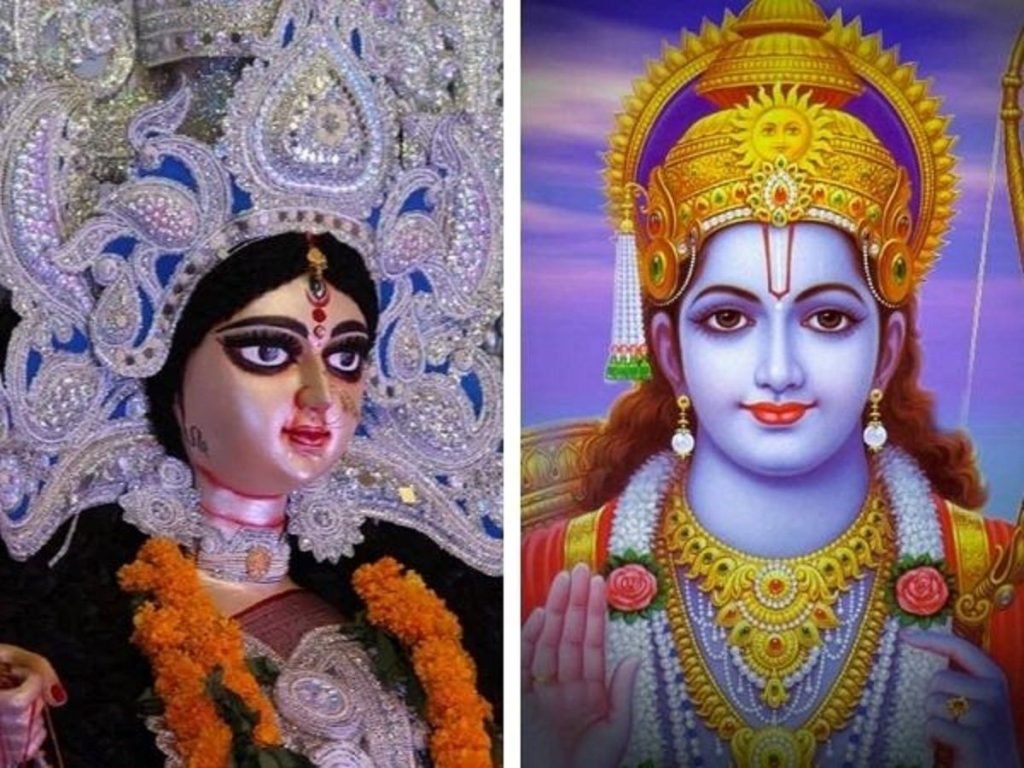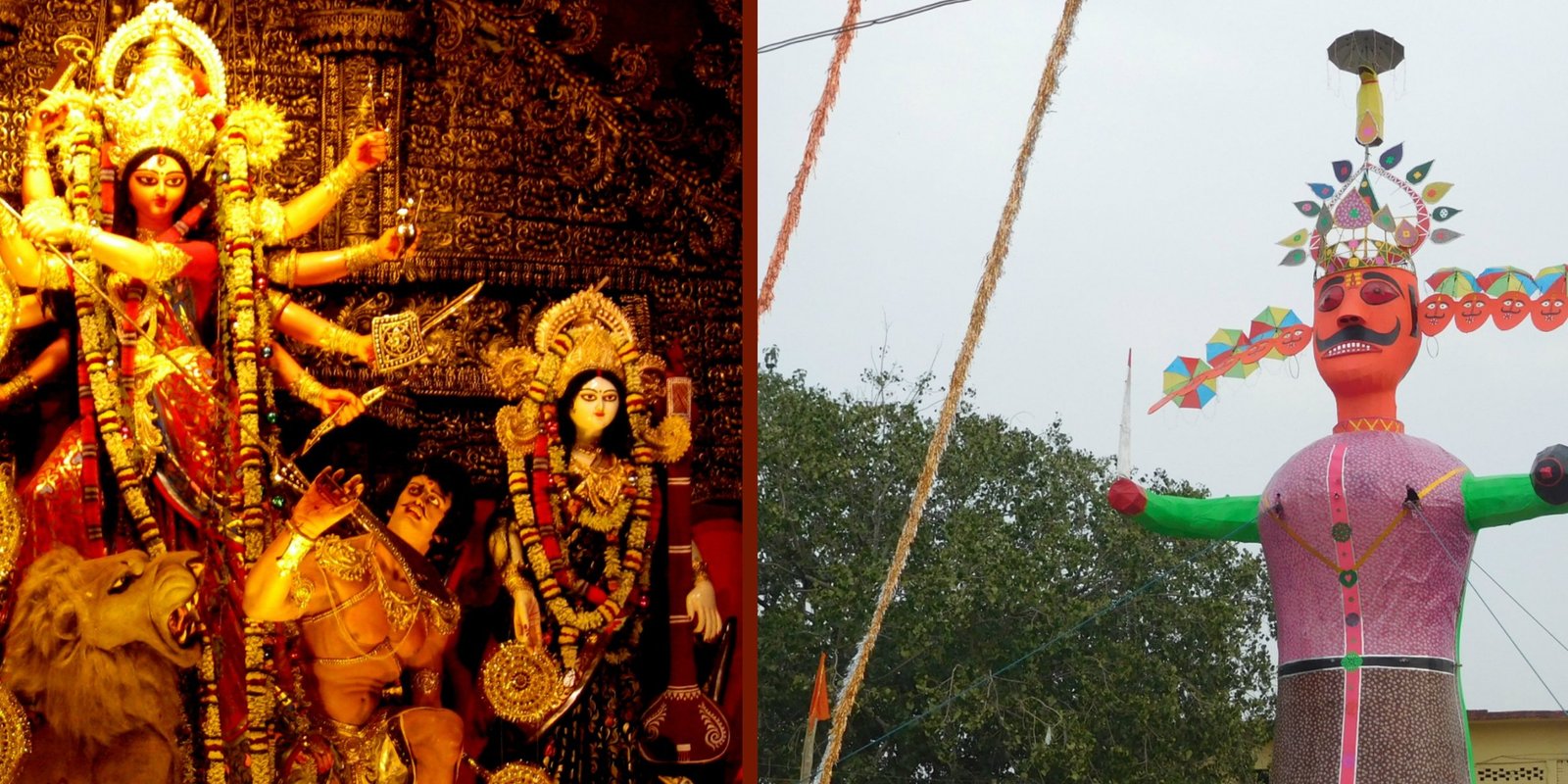
The festival of celebrating Goddess Durga’s nine manifestations is about to take an end. But it culminates with Dussehra or Vijaya Dashami which is celebrated at the end of Navratri. This festival is celebrated by Hindu devotees across the nation. Every year it is celebrated on the tenth day of Ashwin month according to the Hindu calendar.
There was a Lord Rama born to Kaushalya and Dasharatha (ruler of the kingdom Kosala). He had siblings named Lakshmana, Shatrughna, and Bharata. He married Sita. Rama was exiled to the forest for 14years from his kingdom “Ayodhya”. He was accompanied by his wife Sita and brother Lakshmana. During the period they stayed in the forest, Ravana kidnapped his wife Sita. Because Lakshmana had cut the nose of Ravana’s sister Shurpanakha that’s why Ravana kidnapped Sita. Lord Rama found his wife with the help of Lord Hanuman and gets her out of Ravana’s capture by fighting him and winning the battle.

There are vivid customs and traditions of celebrating Dussehra festival in different regions of the country. There is a play based on Ramayana called Ram-Lila. Ramlila literally means “Rama’s play”, is a performance of the Ramayana epic in a series of scenes that include song, narration, recital, and dialogue. It is conducted annually throughout northern India during the Dussehra festival. The Ramayana stage is based on the Ramacharitmanas, one of the most common types of storytelling in the northern region of the country. This sacred text dedicated to the glory of Rama, the Ramayana’s protagonist, was composed by Tulsidas in a Hindi form in the seventeenth century to make the Sanskrit epic accessible to everyone.
Most Ramlilasare recount episodes from the Ramacharitmanas through a sequence of performances that last from ten to twelve days, but some, like Ramnagar’s, may last a whole month. It dramatizes Rama’s victory and the demon king’s defeat, Ravana, his son Meghnath, and brother Kumbh-Karan. They burn all the gigantic grotesque effigies of Ravana, Meghnath, &Kumbh-Karan at the end of Ramayana to demonstrate Rama’s win and Ravana’s death with the sound of fire-crackers.
People wait to celebrate this festival for a whole year. It’s the meeting opportunity for all, making the festival memorable. People cook special dishes at home this day and go out to watch the fair and the Ram Lila. Visit the home of a relative and welcome the parents to their house as well. Devotees Worship Lord Rama and pray for happy and prosperous lives through his blessings. Dussehra is celebrated in various schools, colleges, and learning centers. The festival symbolizes determination, willpower, victory, faith, and unity. It is essential that every kid understands the significance of the Dussehra Festival in order to align themselves with the ancient culture and tradition, as well as the importance of healthy forces and the bravery to fight the evil doers.
For those, who celebrate Durga Puja for last 4 days, ‘Dussehra’ or Vijaya Dashami hold a different meaning for them. They celebrate this festival because Goddess Durga killed Mahishasura this day and saved the entire universe. If you believe in Hindu mythology, then it is said, Lord Ram worshipped Goddess Durga this time (Akal Bodhan). In fact, in Bengal and few other parts of the country, on Dussehra, Goddess Durga’s idol is immersed in water after 4 days of worshipping. Bengalis wish Shubho Bijoya to each other as Devi Durga embraces victory after killing the asura.

